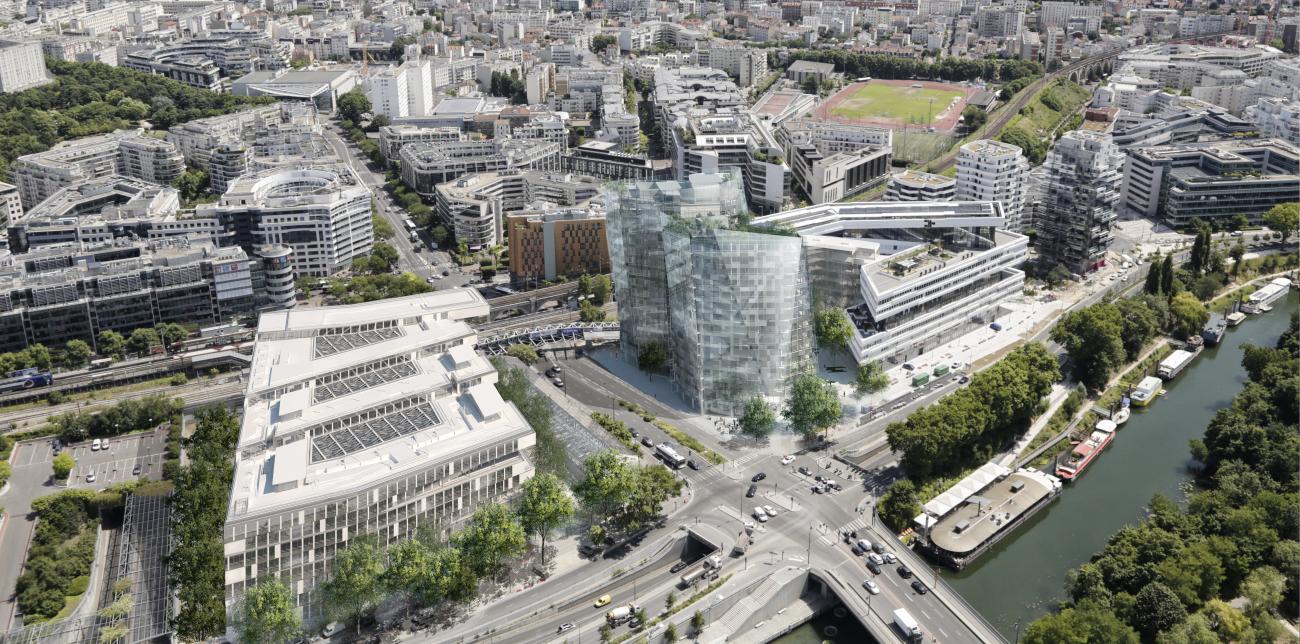Issy-Les-Moulineaux

Issy-les-Moulineaux is a City in the outskirts of Paris, lying on the left bank of the river Seine. It is one of the entrances to Paris, being located only 6.6 km from Notre-Dame Church, which is considered Kilometre Zero of France.
Issy-les-Moulineaux launched an innovative digital technology strategy as early as the 1990s. Citizens are at the heart of a project aimed at building together a people-led, collaborative smart city serving its residents. When Issy-les-Moulineaux embarked on the process now referred to as the digital transformation, nearly twenty-five years ago, the objectives were to make the territory more economically attractive, modernize municipal services and anticipate residents’ usages.
These objectives have been met, and indeed surpassed when we look at the urban metamorphosis of a town that now has as many jobs - primarily in the digital sector - as it does residents, healthy local finances and almost zero debt. During this period, the population grew by 35%, without increasing the number of municipal civil servants.
A true Medialand, Issy-les-Moulineaux is home to numerous groups in the communications and media sectors (France 24, Eurosport, RFI, Arte, etc). For the past few years, new office space projects have led to the setting-up in the city of some prestigious names from the world of Information and Communication Technologies, most of which have left the centre of Paris and have found Issy-les Moulineaux to be better equipped, more modern and better suited to their development.
The residents of Issy-les-Moulineaux have often been the first to be able to test and adopt new digital services, from online administrative procedures to electronic voting, payment for parking by mobile phone, digital tablets in schools, Li-Fi (wireless communication technology that uses light to transmit data) at the local museum and fibre-optic technology rolled out.
Moreover, the City has an important cultural offer through a convention centre, three media libraries, an art school, a music academy and a nursery of amateur musicians, workshops of artists from all over the world, two playgrounds, a digital creation centre... 23 cultural organizations offer a very rich programme to the people of Issy.
This strategy deliberately seeks to be pragmatic, but it is based on the conviction that our towns and cities have an essential role to play in the development of the digital society.
The City will be supported by Issy Média, which is in charge of the communication and the development of new technologies in the city of Issy‐les‐ Moulineaux since 1990.
Its aim is to create a collaborative environment bringing together the public, the private and the research sector in order to build a local Information Society which is innovative and open to all.
Key policy crossover
Many possible options can be explored in terms of connectivity between cultural domains and transitioning variables and indicators. More importantly, the topic is fresh enough and the mindset of the City representatives is so open that the reconstruction of ‘theory of change’ aspects will inextricably associate descriptive and normative considerations.

